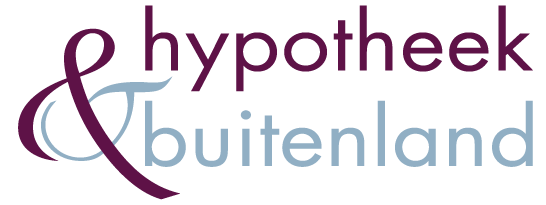Review on income Italy
Testing on income
Italian banks also test whether your income is sufficient to get a mortgage. Banks generally allow up to 35% of net income to be spent on all loan charges, rent and alimony if buying as a couple. If buying alone, the maximum percentage is 30%.
Italian banks require that salary income be derived from permanent employment. The Dutch phenomenon of the declaration of intent is not known in Italy.
It is possible to get a mortgage if the income comes from your own business. See further explanation on this under “UNDERTAKERS”
Italian banks look at net retirement income from a certain age. Exactly what age varies from bank to bank. Sometimes they then use a certain weighting percentage (“pondering”) of current income as future net retirement income, sometimes they look at the actual net pension to be received.
If the pension income has already started then Italian banks will test with that net pension income provided it is a pension guaranteed for the duration of the requested mortgage.
Italian banks do not include existing nor future rental income as income.
Italian banks do not include income from assets as income that is included in the assessment. It can only serve to provide additional support for the soundness of the mortgage application.
For households with gross annual incomes higher than €150,000, there are more mortgage options. See more on this at “BIG LOANS”
Existing spending patterns of their prospective customers are also tested by Italian banks. People like to see that there is a certain “savings capacity”; or in other words, that there is money left over to save each month.
In addition, more and more Italian banks are also testing the size of savings and how much savings remain after buying in Italy.
Italian banks do not include income from WAO or WIA as income. Income from private disability insurance is generally included as income.

